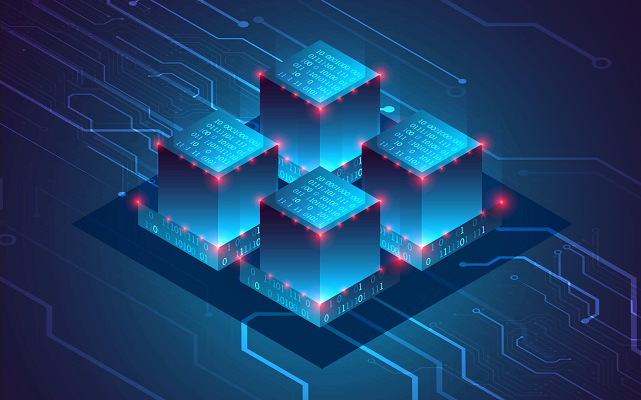This article describes how to use the ACK Gateway with AI Extension plug-in to provide production-level load balancing and intelligent routing capabilities for QwQ-32B models deployed in ACK clusters.

This article focuses on the canary release of models after the large model inference service is deployed in the cloud and the practices of model canary release based on ACK Gateway with AI Extension.

This article describes how customers who use the traditional Dubbo microservice system can integrate their services into the service mesh, the new-generation cloud-native infrastructure.

This article explains multiple ways to create chatbots (with examples and code).

This article introduces the integration of CDC technology and Function Compute to achieve a comprehensive ETL architecture for efficient data processing.

This article shares the implementation of microservice governance through OpenSergo and Dubbo, ensuring the stability of microservices.

This article provides real project examples and code demonstrations to explain how to achieve interoperability between Apache Dubbo and Spring Cloud with minimal cost.

This article introduces the password validation strategy of the AprasaDB RDS for MariaDB instance console.

This article describes the implementation of the network layer capabilities of Knative.

This article explains how RIOT makes it easy to migrate data from AWS ElastiCache to cloud-native in-memory databases (such as Tair and ApsaraDB for Redis) with examples.

This article introduces local cache technology (for general understanding) and then introduces the best-performance cache.

This article introduces Soul and discusses its challenges and solutions (related to cloud-native technology).

This article introduces the plan management function of AnalyticDB for PostgreSQL, as well as its implementation mechanism and best practices.

This article introduces the pause feature of AnalyticDB for PostgreSQL, as well as its implementation mechanism and best practice.

This article discusses how Kuaishou implements and utilizes RocketMQ.

This article introduces some best practices using search indexes based on the problems many users and business scenarios face during the process.

Part 3 of this Series introduces aggregation subquery promotion, a rewrite strategy for aggregation-related subqueries, and the pitfalls of this rewrite strategy.

This article uses EMR (Cloud Hadoop) to simulate a local Hadoop cluster accessing MaxCompute data.

Part 8 of this 10-part series introduces DataWorks Data Quality and its best practices.

This article aims to solve the performance problems of offline data warehouses (daily and hourly) during production and usage.
